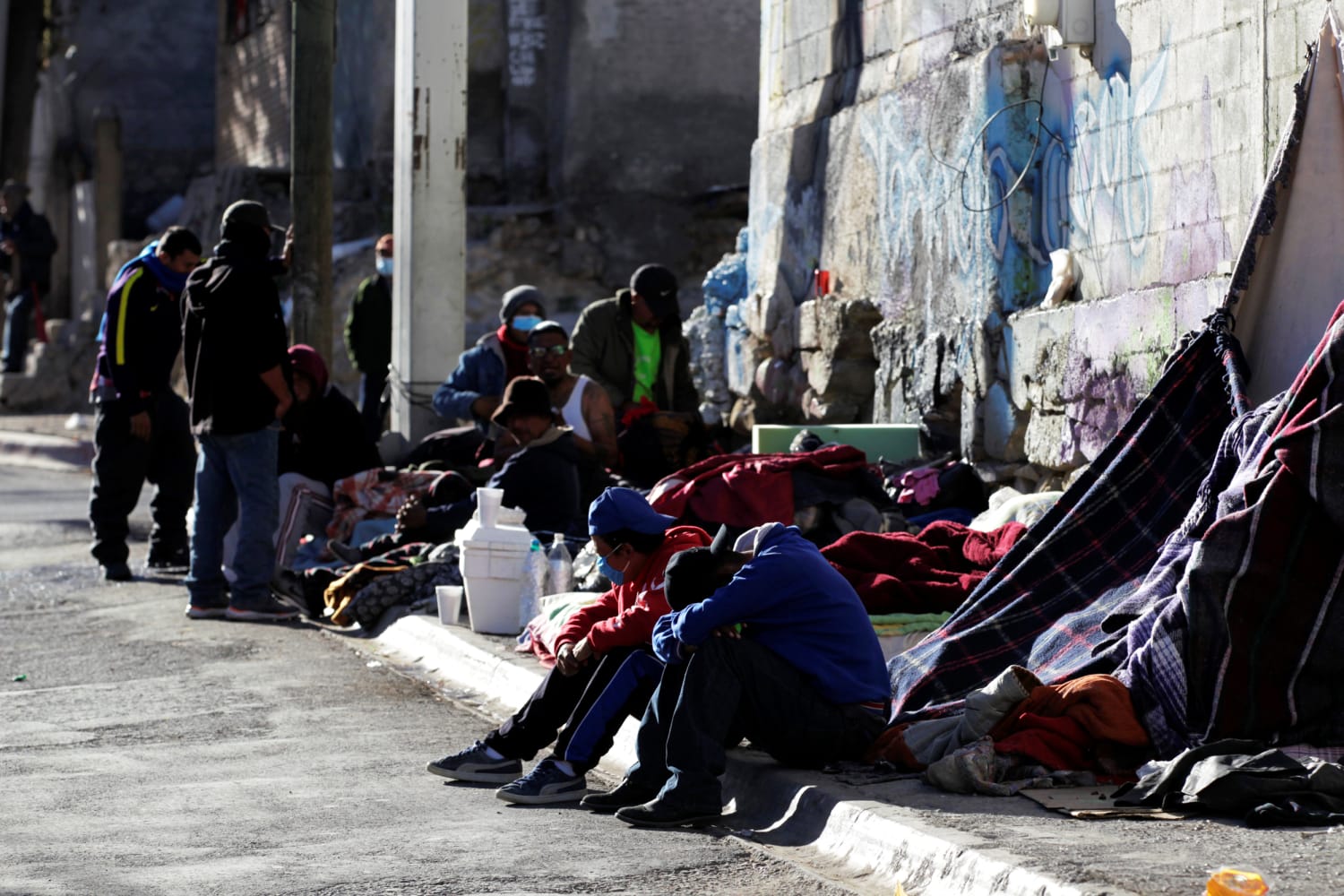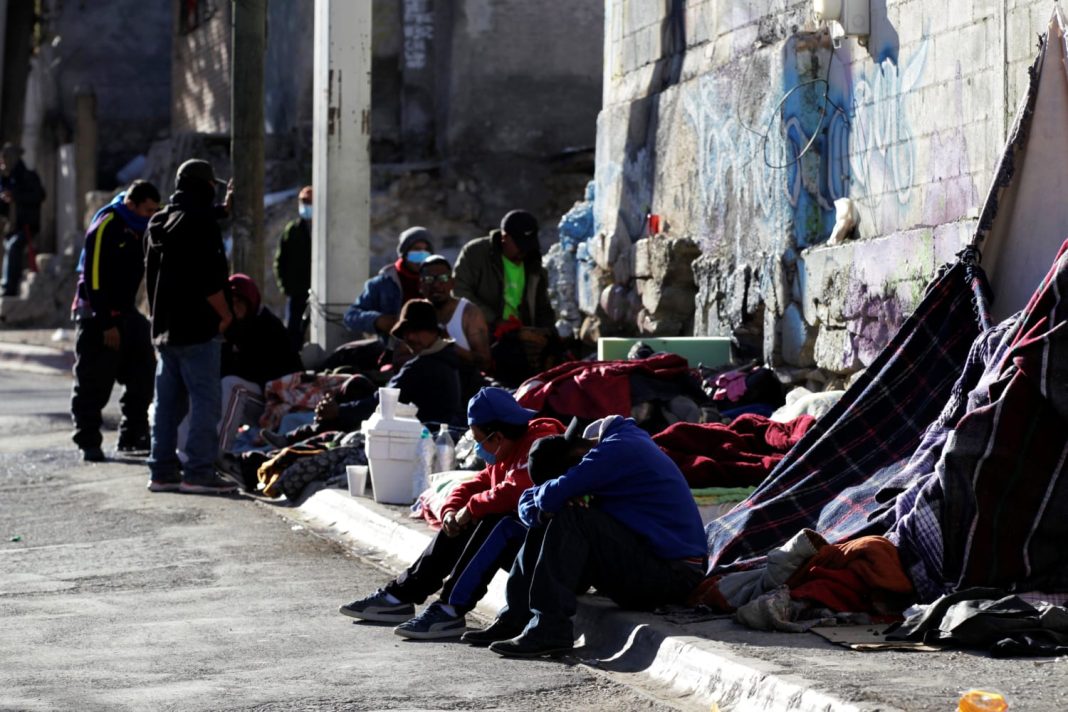 Rampant Shoplifting Threatens Queens Store Survival
Rampant Shoplifting Threatens Queens Store Survival
Introduction:
The owner of Kaiya’s Pallets, a variety store in Queens, is facing significant challenges due to the rampant shoplifting that has been plaguing his business since the arrival of migrant shelters in the area. Chris Sciacco, the store owner, claims that his store is targeted as many as six times a week by migrant thieves, leading to significant financial losses. In this article, we will explore the impact of shoplifting on Kaiya’s Pallets and the measures taken by the owner to combat this issue.
Shoplifting Takes a Toll on Kaiya’s Pallets:
Kaiya’s Pallets, located at 36-37 31st St. in Long Island City, offers a wide range of products at wholesale prices, including food, clothing, electronics, and diapers. This one-stop shop concept makes it an attractive target for shoplifters. Sciacco reveals that his store is bleeding at least $3,000 a month due to the frequent thefts. The financial strain is affecting the business’s overhead and raising concerns about its survival.
Escalation of Shoplifting Incidents:
The situation at Kaiya’s Pallets has worsened significantly since the opening of migrant shelters in the vicinity over the past two years. While the store only experienced three thefts in its first year of operation, the frequency has now escalated to almost daily incidents. Sciacco cites examples of recent thefts, including the pilfering of three bottles of Rogaine, half of a bag of children’s underwear, and an entire pallet of Gatorade. The brazen nature of these thefts, coupled with the lack of police response and support, has left Sciacco and his staff feeling helpless.
Lack of Police Response:
Despite contacting the NYPD multiple times and filing several theft reports with the 114th Precinct, Sciacco claims that no officers have shown up to investigate or follow up on the incidents. He even recounts an instance when he personally visited the precinct to report a theft, only to be told that he should hire security. This lack of police response has left Sciacco frustrated and disillusioned, further exacerbating the challenges he faces in protecting his store from theft.
Changes in Business Operations:
To mitigate the losses caused by shoplifting, Sciacco has been forced to make changes to how he operates his business. For instance, he now sells men’s boxers individually instead of in bulk because they were getting stolen at least once a month. Additionally, Sciacco has created a “Wall of Shame” inside the store where he displays photos of perpetrators and details the items they stole. However, these measures can only do so much to combat the rampant theft that continues to threaten Kaiya’s Pallets.
The Future of Kaiya’s Pallets:
Sciacco’s outlook for the future of his store appears bleak. The financial strain caused by shoplifting and the lack of police response has led him to contemplate canceling his lease. Without adequate support and measures to address the issue, he sees no way to continue operating at the current rate. Store manager Bobby Valiente echoes Sciacco’s sentiments, expressing disappointment in the indifference displayed by people towards shoplifting incidents.
Conclusion:
The story of Kaiya’s Pallets serves as a stark reminder of the devastating impact of rampant shoplifting on small businesses. The repeated thefts and lack of police response have left the store owner questioning his ability to survive in an already challenging business environment. Unless effective measures are taken to address this issue and provide support to affected businesses, the consequences could be dire. It is crucial for local authorities and law enforcement agencies to recognize the severity of the problem and take appropriate action to safeguard businesses from the detrimental effects of shoplifting.


